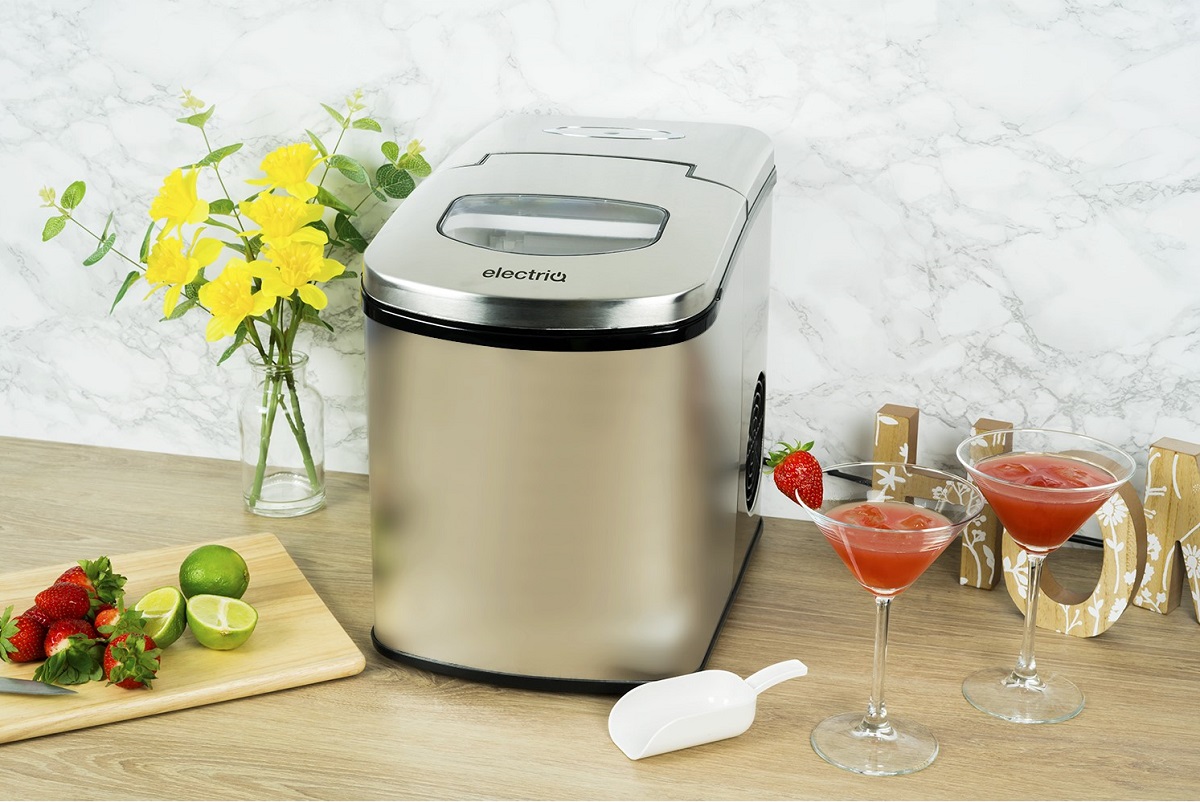

Articles
How Much Power Does An Ice Maker Use
Modified: February 20, 2024
Discover how much power an ice maker uses in this informative article. Learn about the energy consumption of ice makers and make informed decisions.
(Many of the links in this article redirect to a specific reviewed product. Your purchase of these products through affiliate links helps to generate commission for Storables.com, at no extra cost. Learn more)
Introduction
An ice maker is a convenient appliance that provides a steady supply of ice for various purposes, such as cooling beverages, preserving food, or creating refreshing treats. However, one aspect that consumers often consider is the power consumption of these devices. Understanding how much power an ice maker uses is crucial for energy-conscious individuals and those looking to optimize their electricity usage.
In this article, we will explore the factors that affect the power consumption of ice makers and provide tips for reducing their energy usage. By gaining insights into the energy efficiency of ice makers, you can make informed decisions when purchasing, operating, and maintaining these appliances.
Key Takeaways:
- Understanding the factors that affect ice maker power consumption, such as insulation quality and usage patterns, can help you make informed decisions to minimize energy usage and optimize efficiency.
- By choosing an energy-efficient model, setting the temperature appropriately, and implementing power-saving features, you can reduce power consumption, lower electricity costs, and contribute to a more sustainable environment.
Read more: How Much Water Does An Ice Maker Use
Understanding Ice Makers
Before delving into the power consumption of ice makers, it’s important to have a basic understanding of how they work. Ice makers are typically found in refrigerators or as standalone units. They consist of several components, including a water supply line, a water valve, an ice mold or tray, a thermostat, a heating element, a motor, and a control module.
The process starts with the water supply line delivering water to the ice maker’s water valve, which controls the flow of water into the ice mold. The water fills the mold, and the thermostat measures the temperature, ensuring it’s cold enough for the water to freeze. The heating element comes into play to release the ice cubes from the mold, making them ready for harvesting.
The motor rotates the ice tray, allowing the cubes to fall into a collection bin or dispenser. Some ice makers may also include additional features, such as ice size adjustment or a built-in water filter for improved water quality.
It’s worth noting that ice makers operate intermittently. Once the ice bin is full, the ice maker will automatically stop producing ice until some of the ice is used or removed. This cycling process helps conserve energy.
Factors that Affect Power Consumption
Several factors influence the power consumption of ice makers. Understanding these factors can help you determine how much energy your ice maker will use and how to optimize its efficiency:
- Ice maker type: The type of ice maker you have will play a significant role in its power consumption. There are different types available, including manual-fill ice makers, automatic-fill ice makers, and commercial ice machines. Commercial ice machines are generally larger and more powerful, consuming more energy than smaller residential models.
- Ice production capacity: Ice makers vary in terms of their ice production capacity. Higher-capacity models that produce more ice per day will typically consume more power. It’s important to choose an ice maker that suits your needs to avoid excessive energy usage.
- Insulation: The insulation quality of the ice maker affects its energy efficiency. Better insulation helps maintain a stable internal temperature, reducing the need for the ice maker to work harder to freeze the water. Look for ice makers with good insulation to minimize power consumption.
- Temperature settings: The temperature setting of your ice maker can impact its power usage. Lowering the temperature excessively will result in the ice maker working harder to freeze the water, leading to increased energy consumption. Optimal temperature settings should provide efficient ice production without compromising energy efficiency.
- Usage patterns: How frequently you use the ice maker and how much ice you consume can affect its power consumption. Ice makers that are constantly in use will consume more energy than those used sporadically. Understanding your usage patterns can help you determine the ideal ice maker size and usage habits to reduce power consumption.
By considering these factors when selecting and operating an ice maker, you can make more informed choices regarding power usage.
To reduce the power consumption of an ice maker, consider investing in an energy-efficient model with a high Energy Star rating. Additionally, regularly cleaning and maintaining the ice maker can help it run more efficiently.
Energy Usage of Ice Makers
The energy usage of ice makers can vary depending on factors such as the model, size, and usage patterns. On average, residential ice makers consume around 350 to 500 watts of power when in operation. However, it’s important to note that this power consumption is not continuous, as ice makers cycle on and off depending on the ice production demands.
Ice makers typically have a power rating, which indicates the maximum amount of power they can consume. The actual power consumption will depend on factors such as the ice production rate, ambient temperature, and efficiency of the ice maker. During the ice production cycle, the power consumption of an ice maker may peak and then decrease once the ice tray is filled and the ice is in the freezing or harvesting stage.
Another important consideration is the standby or idle power consumption of the ice maker. Even when not actively producing ice, ice makers still consume some power to maintain the internal temperature and be ready for the next ice-making cycle. While the standby power consumption may be relatively low, it’s still worth considering when aiming to minimize overall energy usage.
It’s worth noting that more energy-efficient ice makers have been developed in recent years. These models incorporate features such as improved insulation, efficient compressors, and automated shut-off functions to conserve power. When shopping for an ice maker, look for energy-efficient models that have earned an Energy Star certification, as they are designed to operate with reduced power usage.
Additionally, the location of your ice maker can also impact energy consumption. Placing the ice maker away from heat sources, such as direct sunlight or heat-producing appliances, can help improve its efficiency and decrease power consumption.
While the power usage of ice makers represents a portion of your overall energy consumption, being mindful of their operation and selecting energy-efficient models can help reduce your environmental impact and lower your electricity costs.
Tips for Reducing Ice Maker Power Consumption
To optimize the energy usage of your ice maker and reduce power consumption, here are some helpful tips to consider:
- Choose an energy-efficient model: When purchasing a new ice maker, look for models that have earned the Energy Star certification. These units are designed to meet strict energy efficiency standards and can help you save on power consumption over time.
- Set the temperature appropriately: Adjust the temperature setting of your ice maker to an optimal level. Keeping it too low will force the unit to work harder and consume more energy. Find the right balance to ensure efficient ice production without excessive cooling.
- Keep the ice maker clean: Regularly clean and maintain your ice maker to ensure optimal performance and efficiency. Remove any mineral deposits or scale buildup, as they can hinder the unit’s efficiency and increase energy usage.
- Manage ice production based on needs: Consider reducing the production capacity of your ice maker to match your usage patterns. If you find that you often have excess ice, adjusting the ice production rate can help conserve energy.
- Use power-saving features: Some ice makers have energy-saving features, such as automatic shut-off or power management modes. Take advantage of these features to minimize power consumption during periods of low ice demand.
- Place the ice maker strategically: Position the ice maker in a cool area, away from direct sunlight and heat sources. Placing it in a well-ventilated space will help the unit operate more efficiently and reduce the need for excessive cooling.
- Keep the ice bin well-insulated: Make sure the ice bin is properly insulated to prevent rapid melting of the ice. This will reduce the frequency of ice-making cycles and, in turn, decrease power consumption.
- Regularly defrost the ice maker: If your ice maker does not have an automatic defrost feature, periodically defrost it to maintain its efficiency. Ice buildup can hinder its performance and cause increased power usage.
By implementing these tips, you can optimize the energy usage of your ice maker, reduce power consumption, and potentially save on electricity costs. It’s important to find a balance between ice production and energy efficiency based on your specific needs and usage patterns.
Conclusion
Understanding the power consumption of ice makers is essential for individuals who want to minimize energy usage and maximize efficiency. While the exact power consumption varies depending on factors such as the ice maker type, capacity, and usage patterns, there are steps you can take to reduce the power consumption of your ice maker.
By choosing an energy-efficient model, setting the temperature appropriately, and maintaining the ice maker properly, you can optimize its performance and decrease power usage. Additionally, adjusting ice production based on your needs, utilizing power-saving features, and strategically placing the ice maker can further contribute to energy efficiency.
Remember to consider the standby power consumption of the ice maker as well, as this can add to overall energy use. Regular cleaning, defrosting, and insulating the ice bin are important maintenance practices to ensure optimal performance and minimize power consumption.
By implementing these tips and being mindful of your ice maker’s power usage, you can not only reduce your environmental impact but also potentially save on electricity costs. Making energy-efficient choices when selecting an ice maker and operating it responsibly can result in a more sustainable and cost-effective solution for your ice needs.
So, whether you’re using an ice maker at home or in a commercial setting, consider the factors that affect its power consumption and follow the tips provided to optimize energy usage and minimize your carbon footprint.
Frequently Asked Questions about How Much Power Does An Ice Maker Use
Was this page helpful?
At Storables.com, we guarantee accurate and reliable information. Our content, validated by Expert Board Contributors, is crafted following stringent Editorial Policies. We're committed to providing you with well-researched, expert-backed insights for all your informational needs.
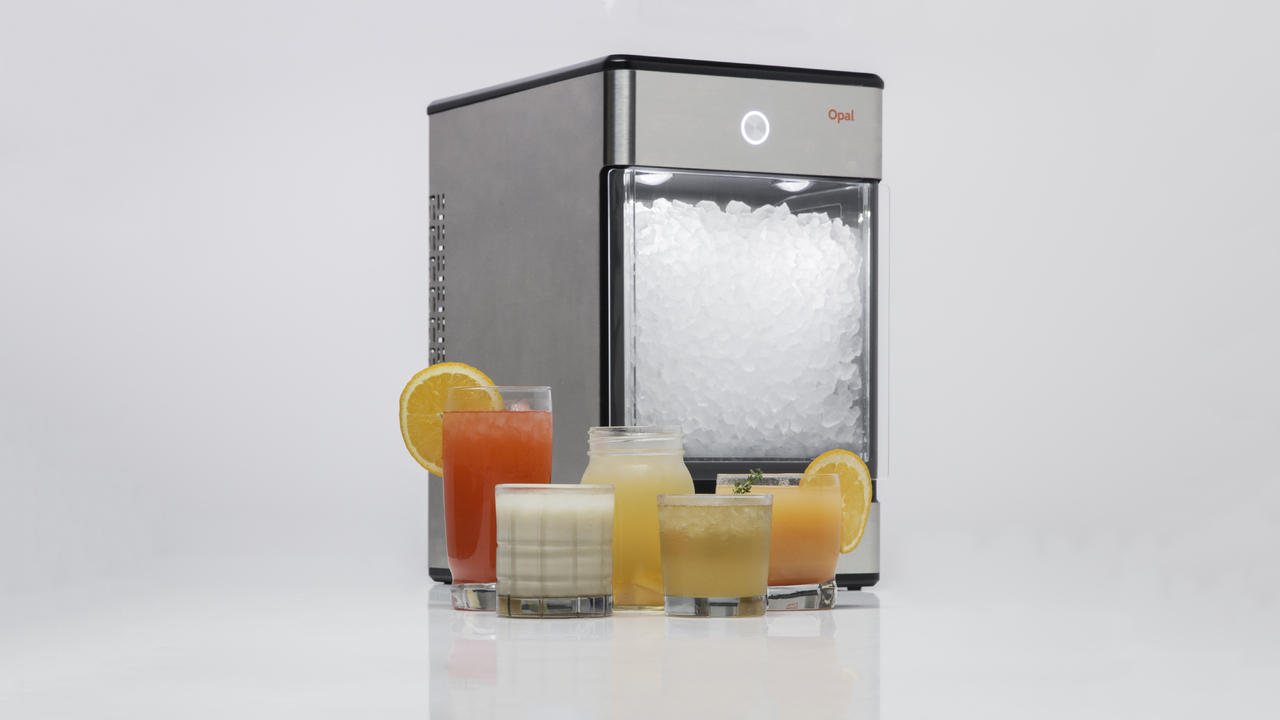
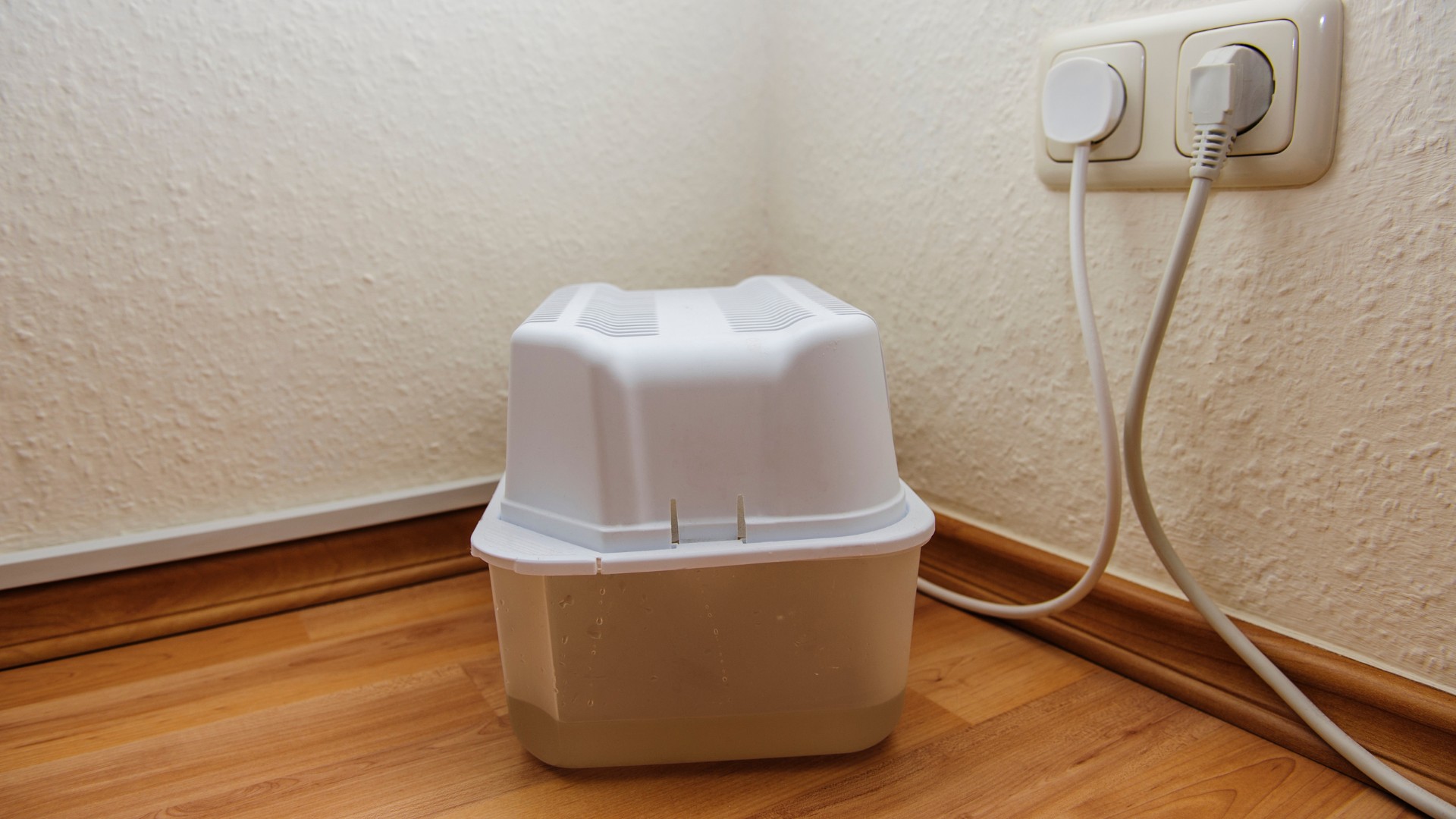
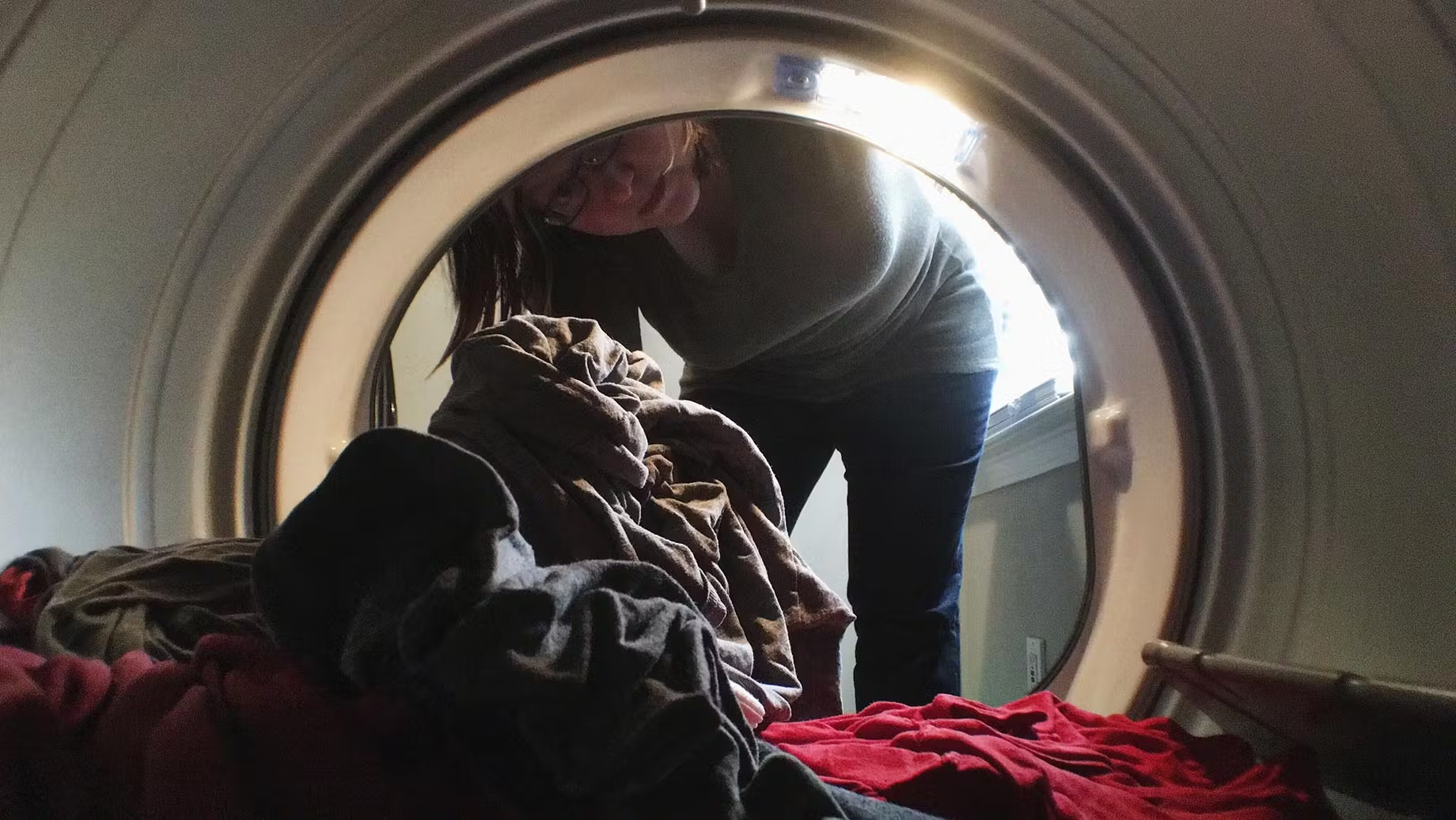

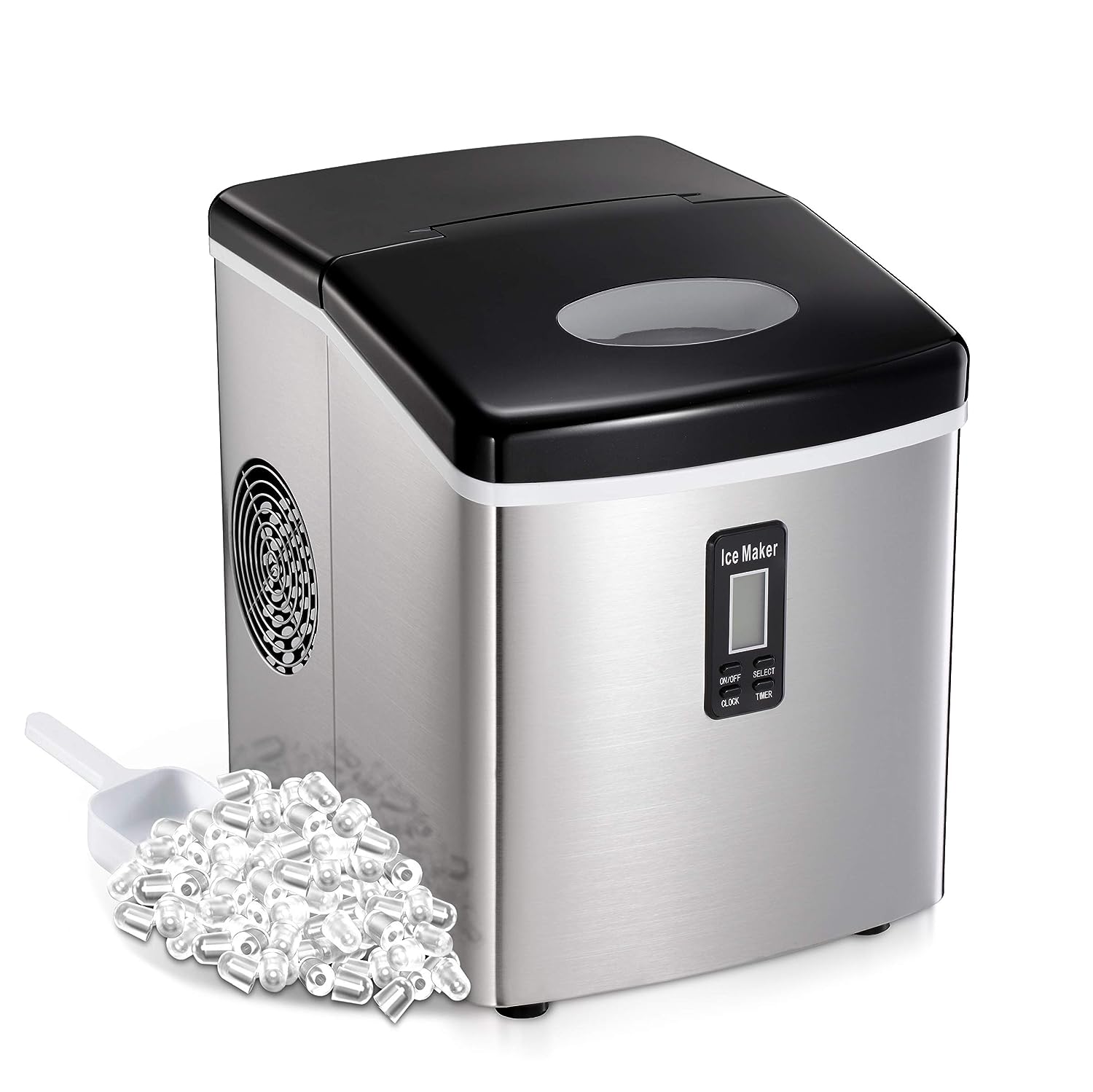
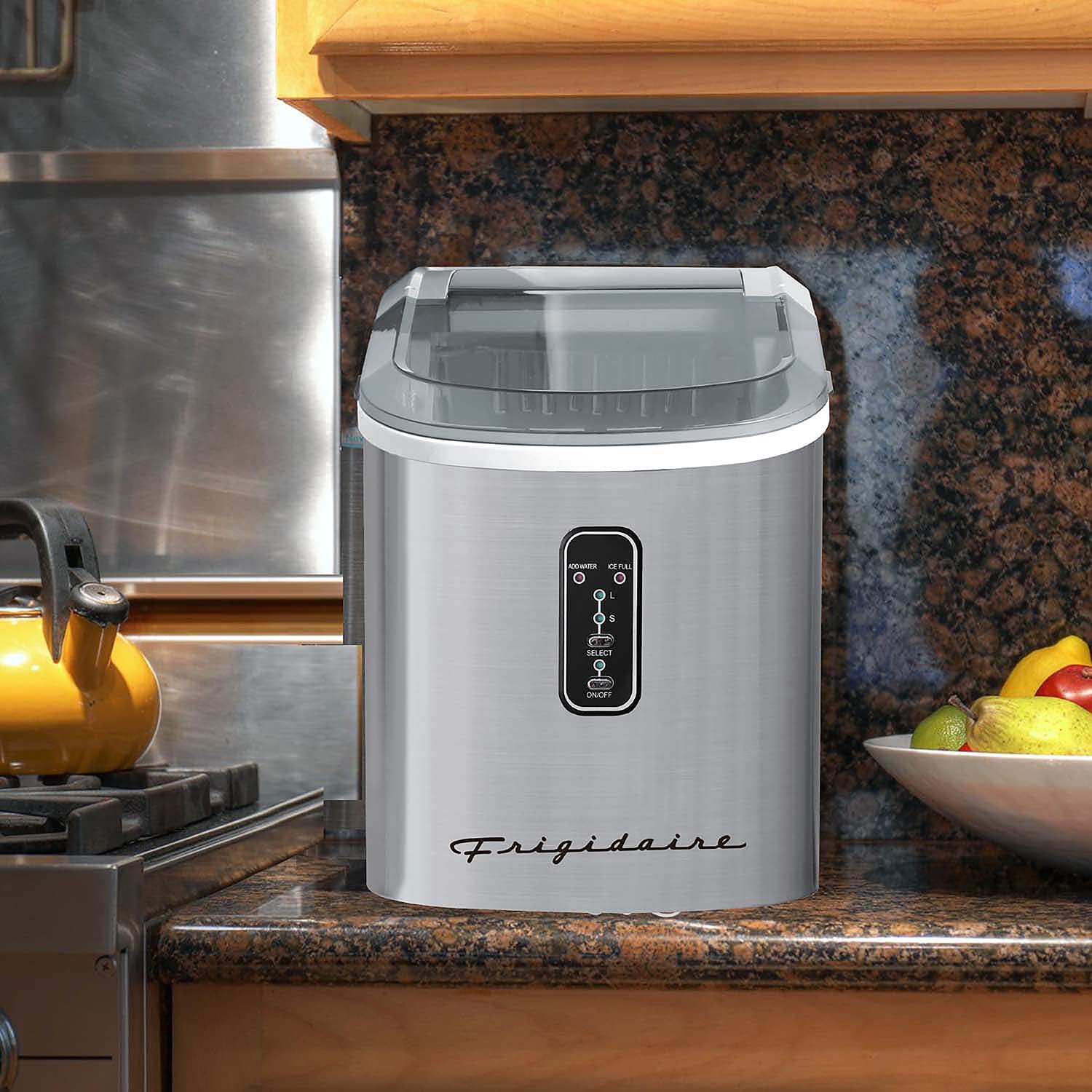
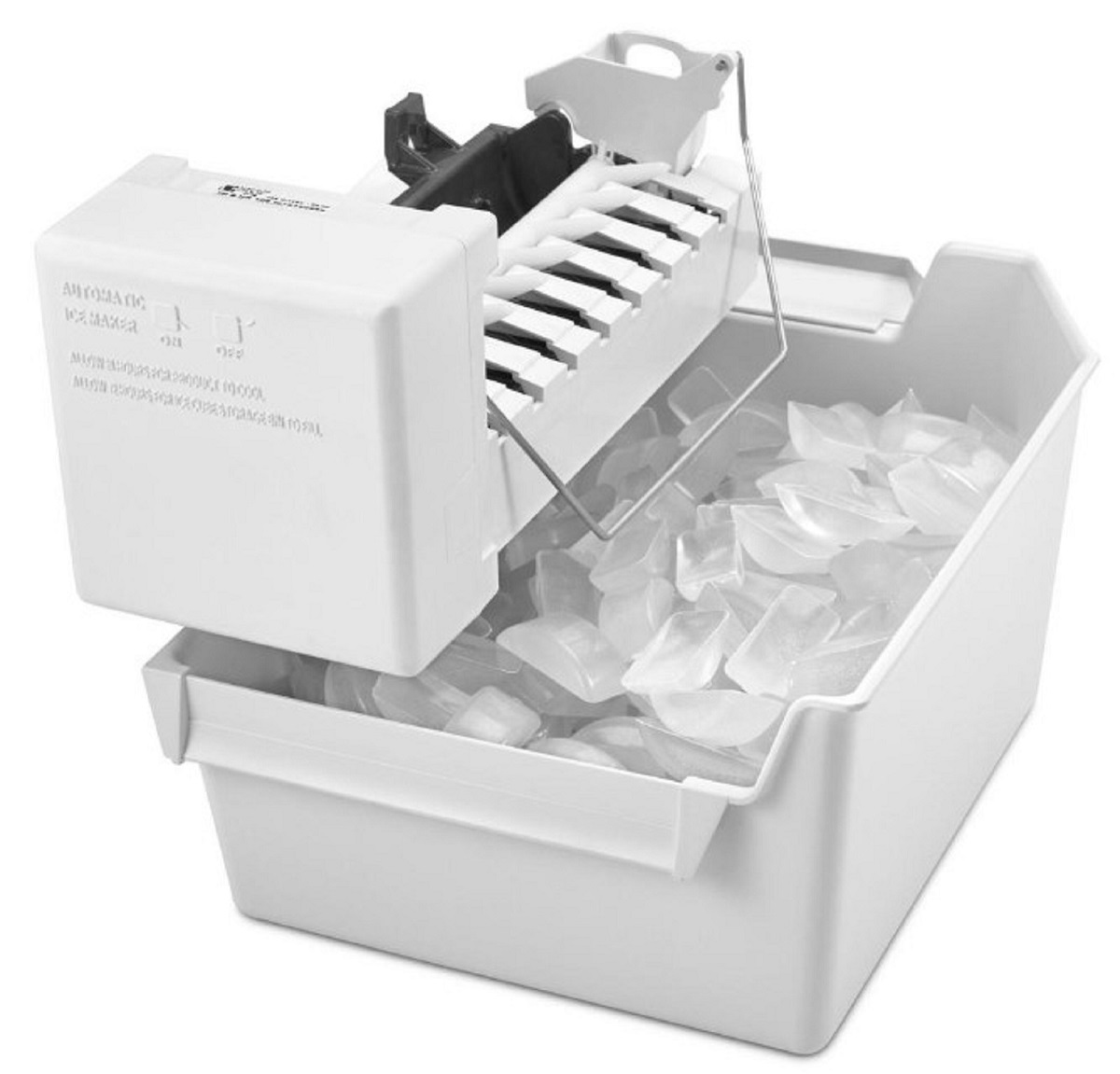
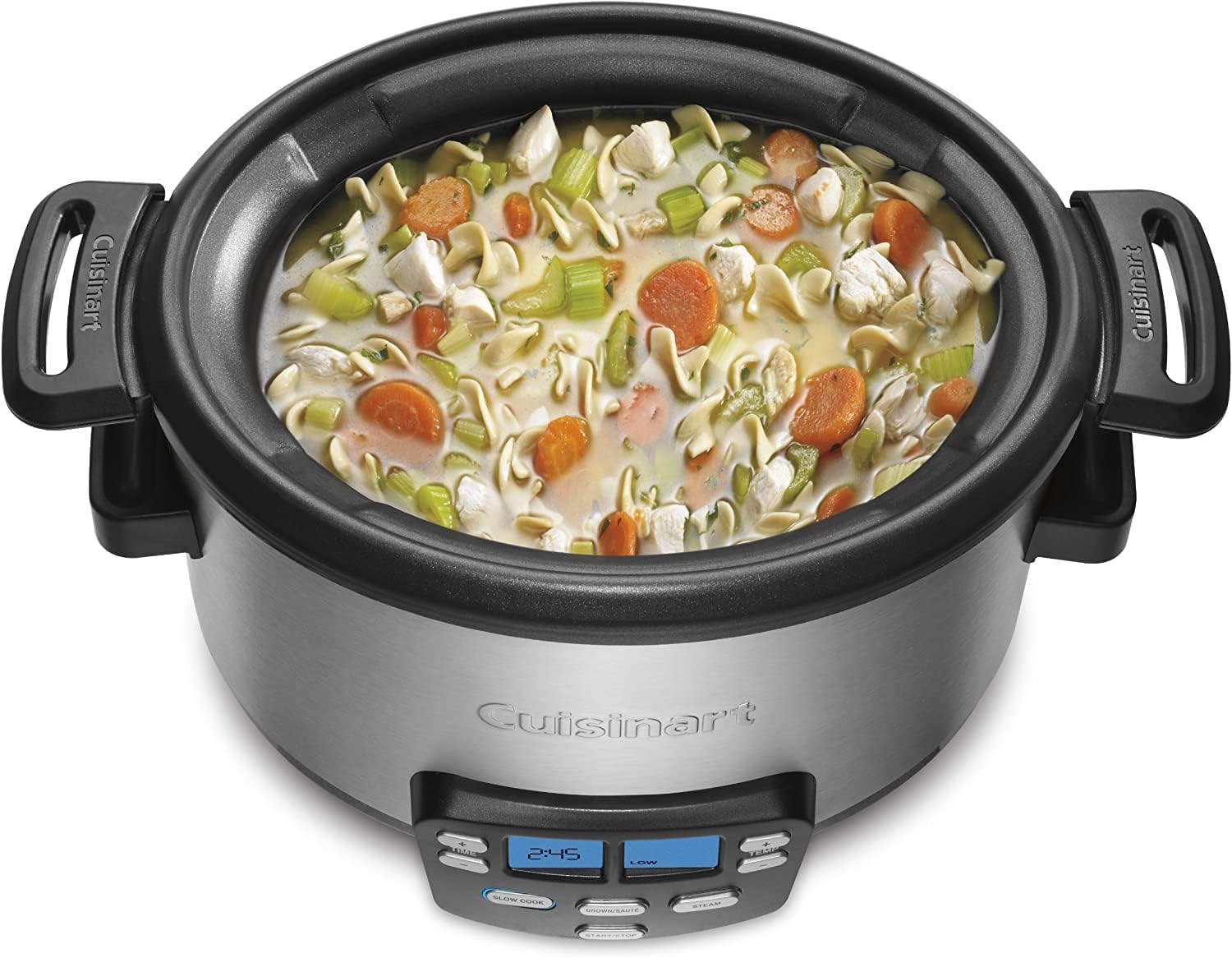

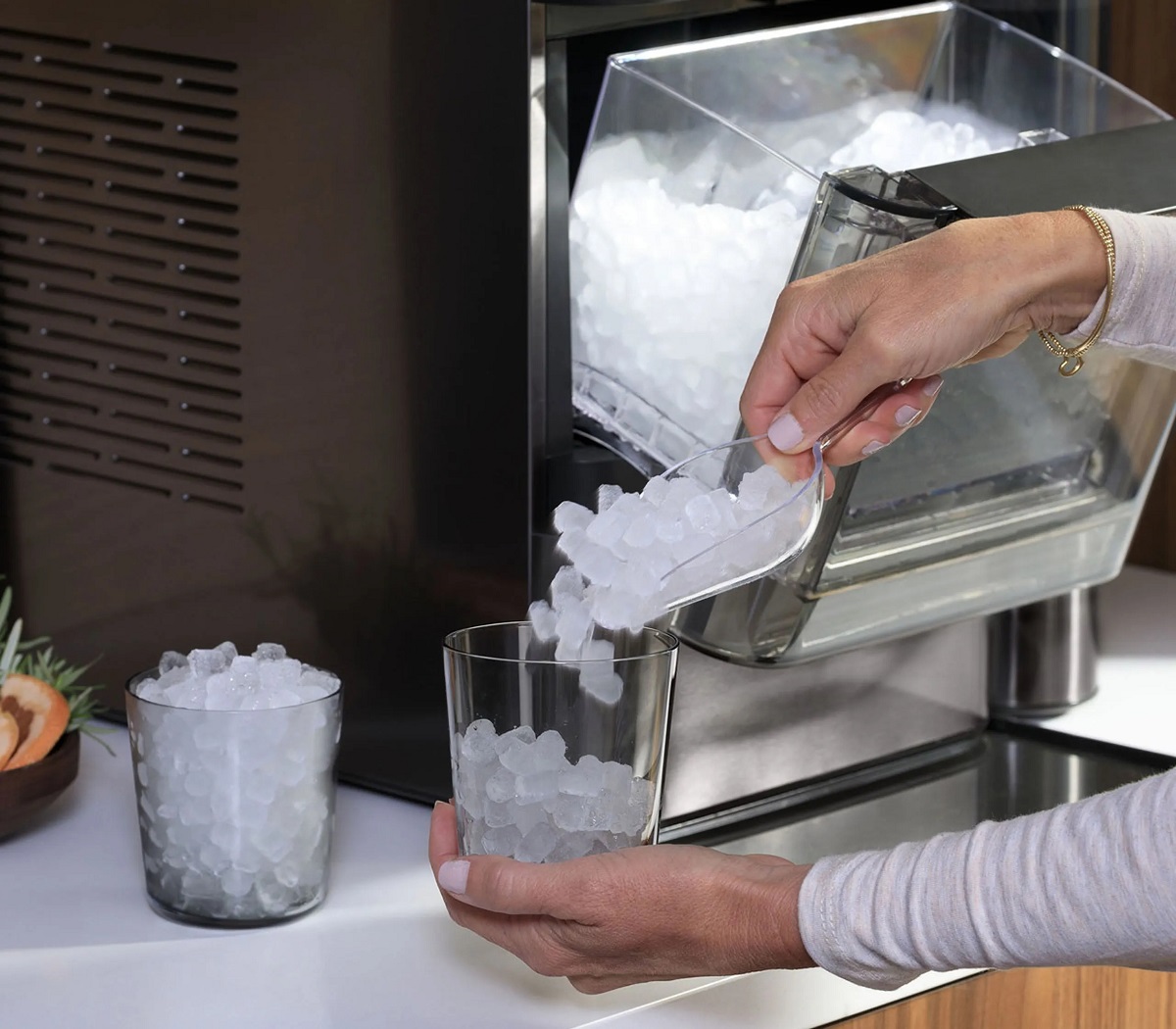
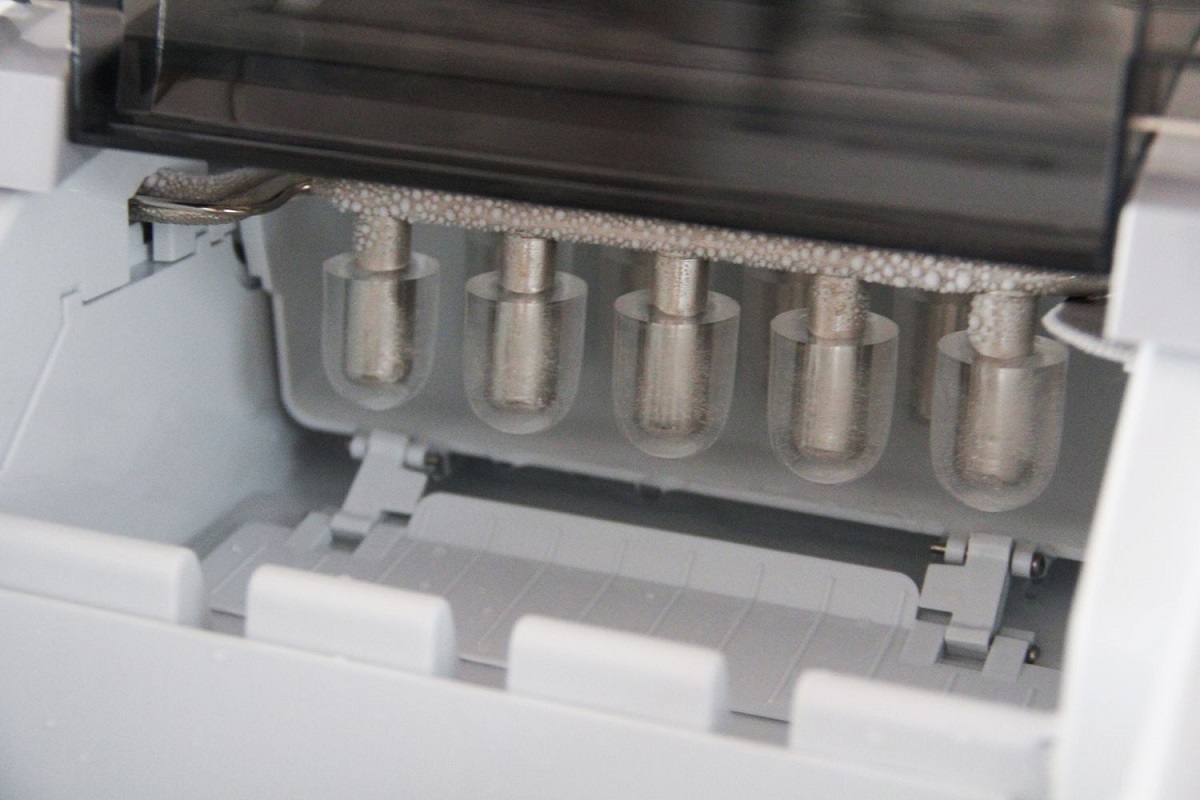
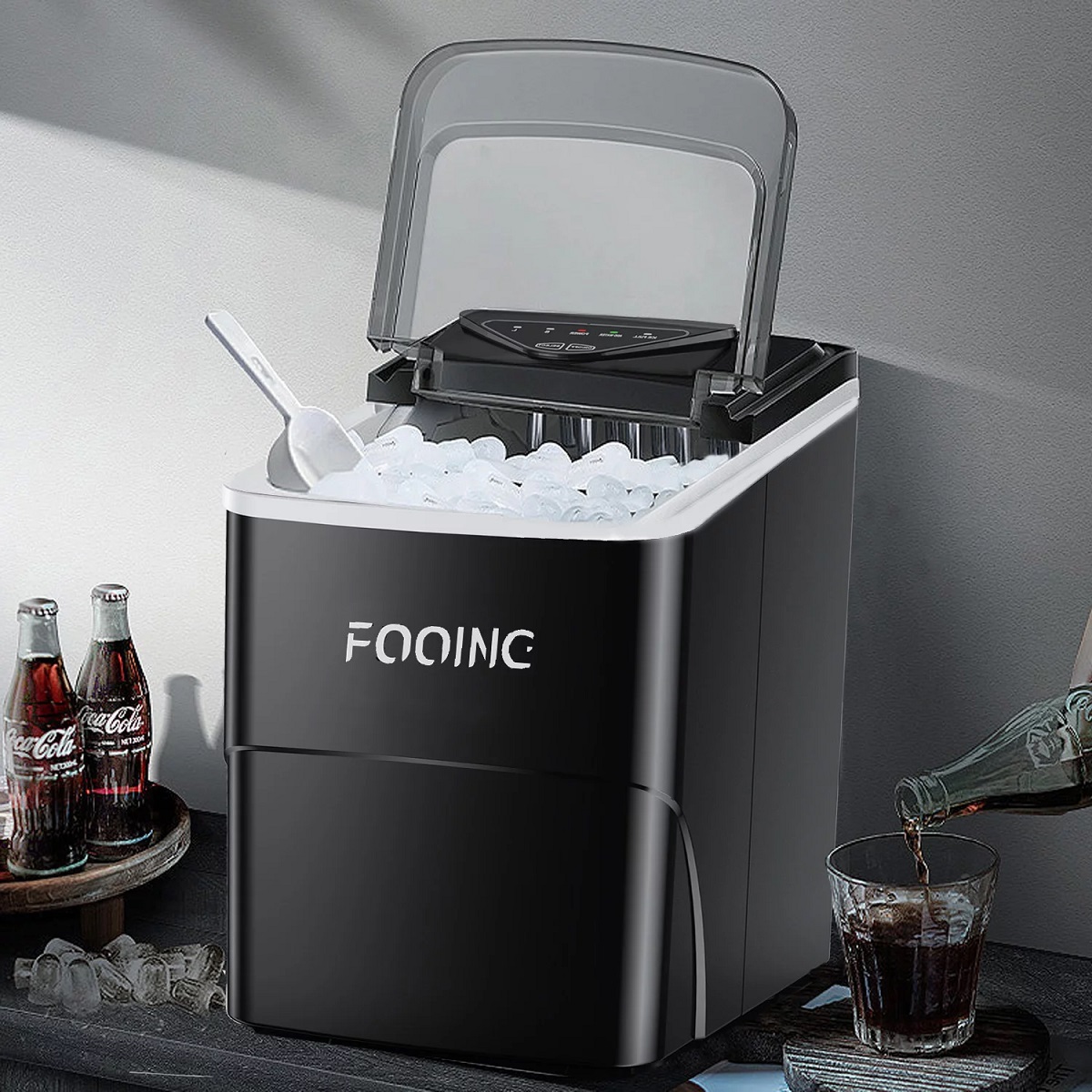
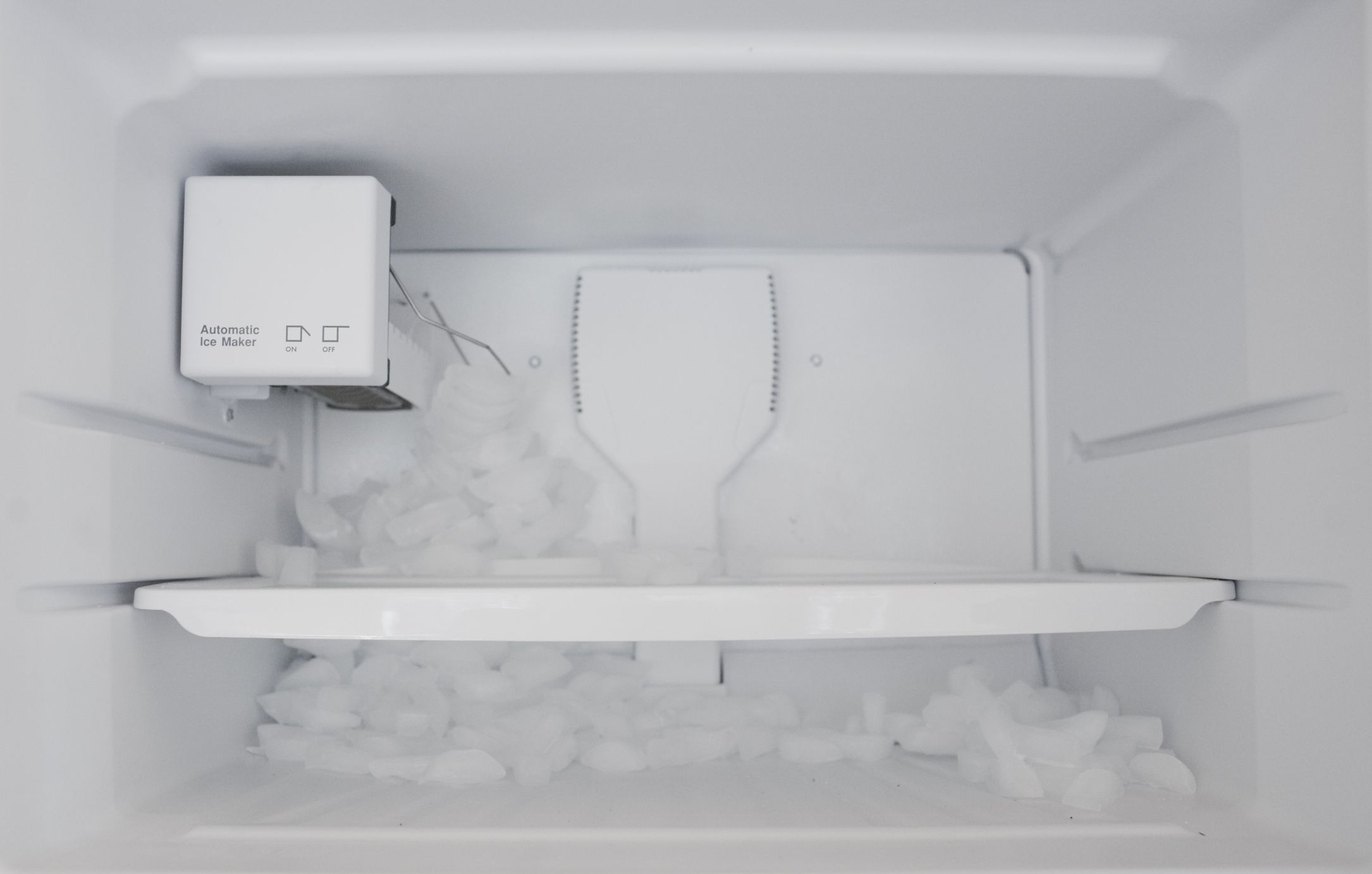
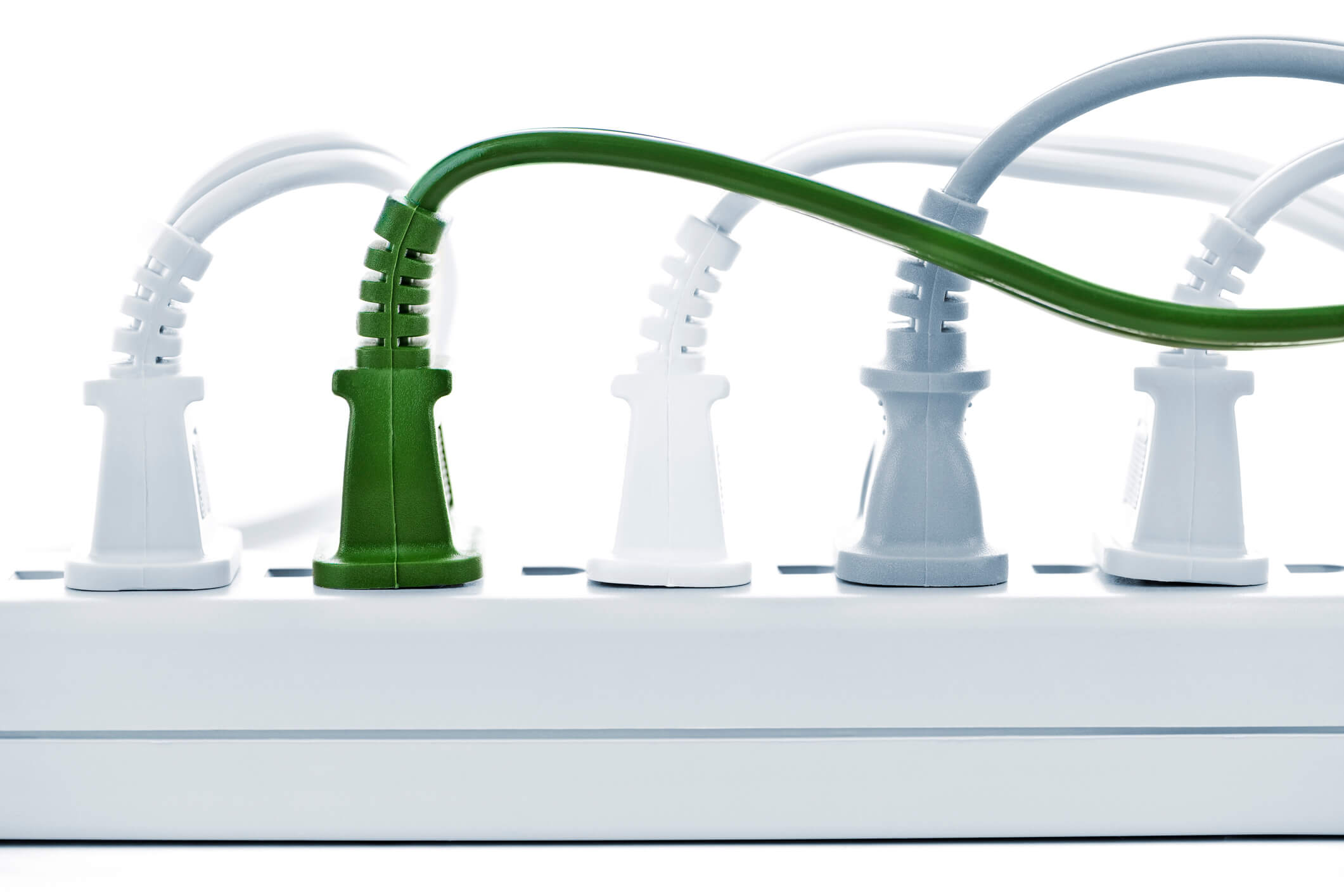

0 thoughts on “How Much Power Does An Ice Maker Use”